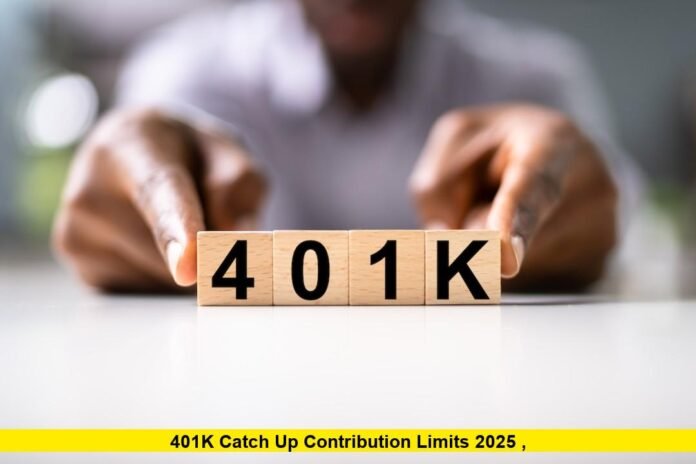The 401k catch up contribution limits 2025 have become a major topic of interest for retirement savers, especially those aged 50 and older looking to maximize their retirement security. With new IRS guidelines released for next year, workers approaching retirement have a clearer picture of how much more they can set aside on top of standard contribution limits.
IRS Updates for 2025
The Internal Revenue Service (IRS) announced inflation-adjusted retirement plan contribution limits for 2025, impacting both traditional contributions and catch-up contributions. These annual adjustments ensure that workers’ savings keep pace with rising costs of living.
Points Summary 📝
- Standard 401(k) contribution limit for 2025: $23,000
- Catch-up contribution limit for individuals aged 50+: $7,500
- Total possible contributions for workers over 50 in 2025: $30,500
- Limits apply to 401(k), 403(b), most 457 plans, and TSP accounts
Breakdown of 2025 Limits
For 2025, the standard contribution limit for 401(k) plans rises to $23,000, up from $22,500 in 2024. Workers aged 50 or older can continue making an additional catch-up contribution of $7,500, unchanged from the prior year.
This means older workers can potentially save as much as $30,500 in 2025 through workplace retirement accounts, offering them more tax-advantaged opportunities to build their nest egg before they stop working.
Here’s a quick comparison of contribution amounts over the past two years:
| Year | Base Contribution | Catch-Up (50+) | Potential Total (50+) |
|---|---|---|---|
| 2024 | $22,500 | $7,500 | $30,000 |
| 2025 | $23,000 | $7,500 | $30,500 |
Why the 401k Catch Up Contribution Limits 2025 Matter
These updates matter most for employees nearing retirement. With fewer years left to save, the $7,500 catch-up allowance offers a crucial chance to boost retirement security. Many financial advisors recommend that workers in their peak earning years fully utilize these limits, particularly if they started retirement savings later than planned.
Additionally, since contributions to traditional 401(k) accounts are typically made pre-tax, maxing out both contributions and catch-up allowances can lower taxable income while growing retirement funds.
SECURE Act 2.0 Influence
The 401k catch up contribution limits 2025 also reflect changes under the SECURE Act 2.0, passed in late 2022. While the annual $7,500 limit remains the same, new requirements are taking effect in future years. Starting in 2026, higher-income earners (those making over $145,000 annually) will be required to make their catch-up contributions into Roth accounts, meaning those contributions will be made after tax.
Though this rule won’t impact 2025, it does add urgency for individuals to plan ahead. Awareness of both current limits and upcoming changes ensures no one is caught off guard.
Maximizing Retirement Benefits in 2025
For individuals planning to take advantage of these contribution increases, a few strategies can help maximize retirement savings:
- Automate contributions to avoid missing opportunities throughout the year.
- Increase deferrals gradually to hit the new $23,000 limit.
- Maximize catch-up if over 50 for the full $7,500 benefit.
- Reevaluate budget to shift extra income toward retirement savings.
- Consider Roth options in preparation for the SECURE Act 2.0 changes.
Final Thoughts
With the IRS officially raising the standard 401(k) contribution limit and maintaining the valuable $7,500 catch-up allowance for those aged 50 and older, 2025 is shaping up as another strong year for retirement savers. The 401k catch up contribution limits 2025 help late savers close the gap and bolster future financial security.
If you’re approaching retirement age, will you take advantage of these expanded options? Share your thoughts or retirement strategies in the comments below.
